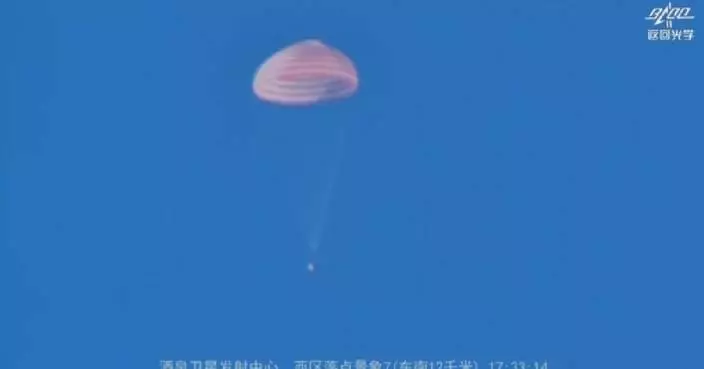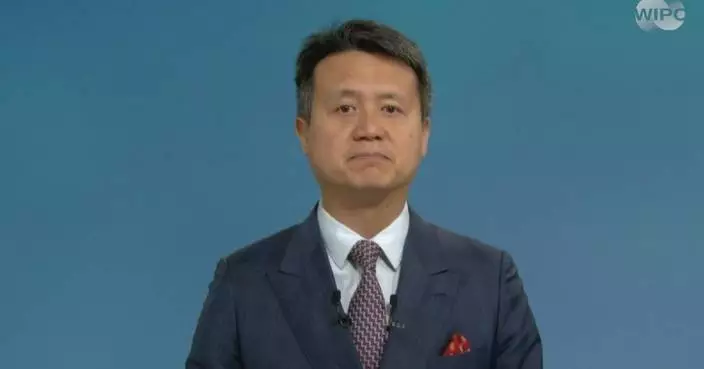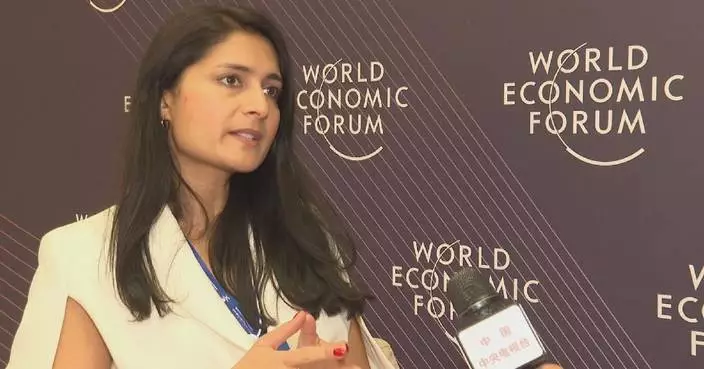The Philippines' intention to bring the United States and Japan into South China Sea issues would lead to undesirable consequences, according to an expert in regional affairs.
China has urged the United States, Japan and the Philippines to stop playing bloc politics, stop interfering in China's internal affairs, and stop undermining regional peace and stability following Thursday's first ever U.S.-Japan-Philippines trilateral summit.
A joint statement from the summit hyped up issues in the East China Sea and the South China Sea, reiterated the United States' defense commitment to Japan and the Philippines, and expressed "serious concern" over Ren'ai Jiao (Ren'ai Reef).
The Nansha Qundao (Nansha Islands), which include the Ren'ai Jiao , have always been China's territory. In 1999, a Philippine military vessel was illegally "grounded" on Ren'ai Jiao. China immediately made representations to the Philippines, and the Philippines repeatedly pledged that it would tow the vessel away. Yet 25 years on, the vessel remains on Ren'ai Jiao and the Philippines is attempting to sneak in construction materials to fortify it and turn it into a permanent outpost.
"With the United States' support and encouragement, the Marcos administration constantly demonstrates opportunism and aggression, seeking to transform its illegally grounded military vessel on Ren'ai Jiao (Ren'ai Reef) into a permanent military outpost by bring in construction materials, in order to achieve permanent occupation of Ren'ai Jiao," said Ding Duo, deputy head of the Institute for Maritime Law and Policies under the National Institute of South China Sea Studies.
The Philippines' aggressive actions were backed by the United States and Japan, with the U.S. frequently bringing up its mutual defense treaty with the Philippines to threaten China and Japan announcing further supply of coast guard patrol boats and holding trilateral drills at the summit.
In the meantime, Philippine President Ferdinand Romualdez Marcos Jr. faces backlashes in Washington and from home, with protesters and critics accusing him of selling the Philippines' interests at the summit.
"The United States hopes to motivate its allies and partners to strengthen coordination and further contain and pressure China through maritime issues surrounding China. Japan still has a certain psychological discomfort with China's growing strength. It positions itself on the opposite side of China on many issues. The Philippines' intention is also very obvious, which is to try to obtain more benefits with the help of external forces such as the United States and Japan. But cajoling countries outside the region to get involved for selfish gains will not work, and history shows that those inviting wolves into their house end up bringing harms to themselves," Ding said.

Philippines is "inviting wolves" by bringing US, Japan into South China Sea: expert










